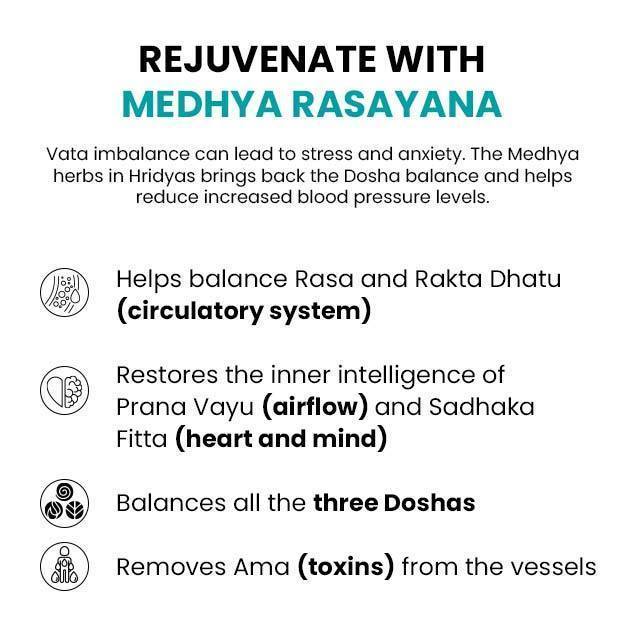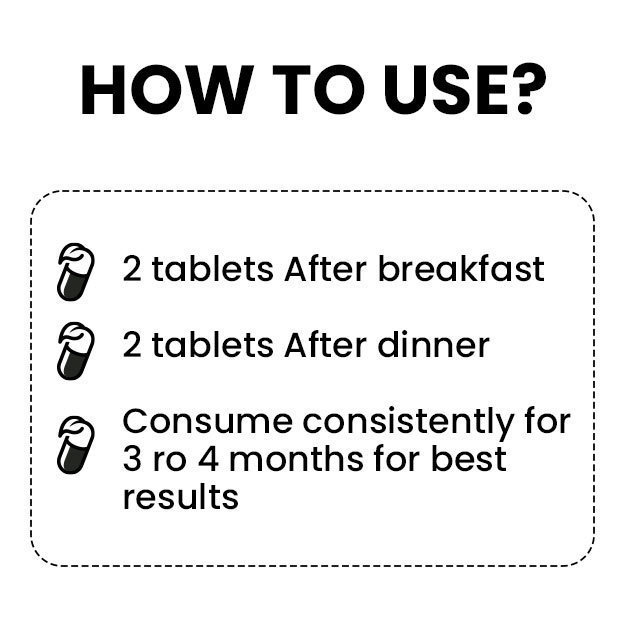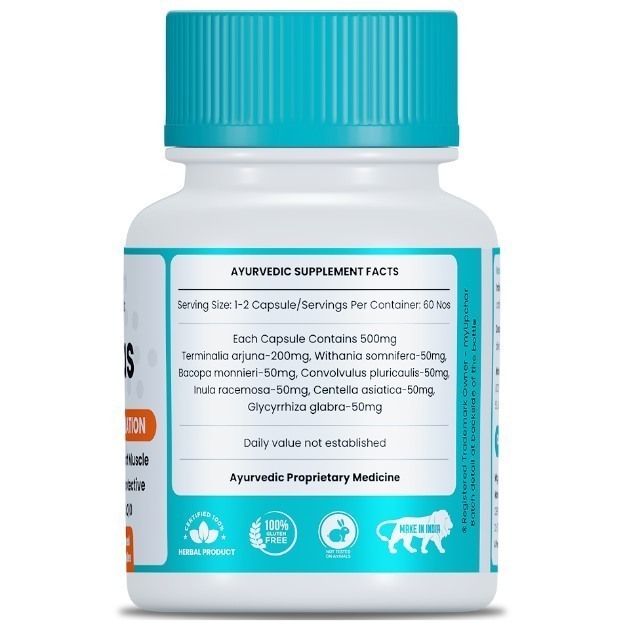What is Two-dimensional Echocardiography?
Two-dimensional echocardiography (2D ECHO) is a test that enables a physician to visualise the beating heart through the simple use of ultrasound waves generated from a handheld device known as a transducer. A transducer contains a special type of a crystal known as a piezoelectric crystal (similar to quartz), which produces sound waves when varying voltage is applied to it. The produced sound waves reflect off different tissues of heart towards which the device is pointed. These waves are captured back by the crystal in the receiving mode and converted to electrical signals, which can be used to form an image of the heart on a monitor.
There are different types of 2D ECHO tests, and transthoracic echocardiography (TTE) is the standard type among these. TTE is based on the principle that ultrasound waves, (i.e., waves of a frequency greater than 20 kHz inaudible to the human ear) are poorly transmitted through bone and air but are reflected at the boundaries between two tissues. Thus, by holding the transducer at various locations on the chest, known as acoustic windows, a 2D image of the heart from various angles can be generated.
























